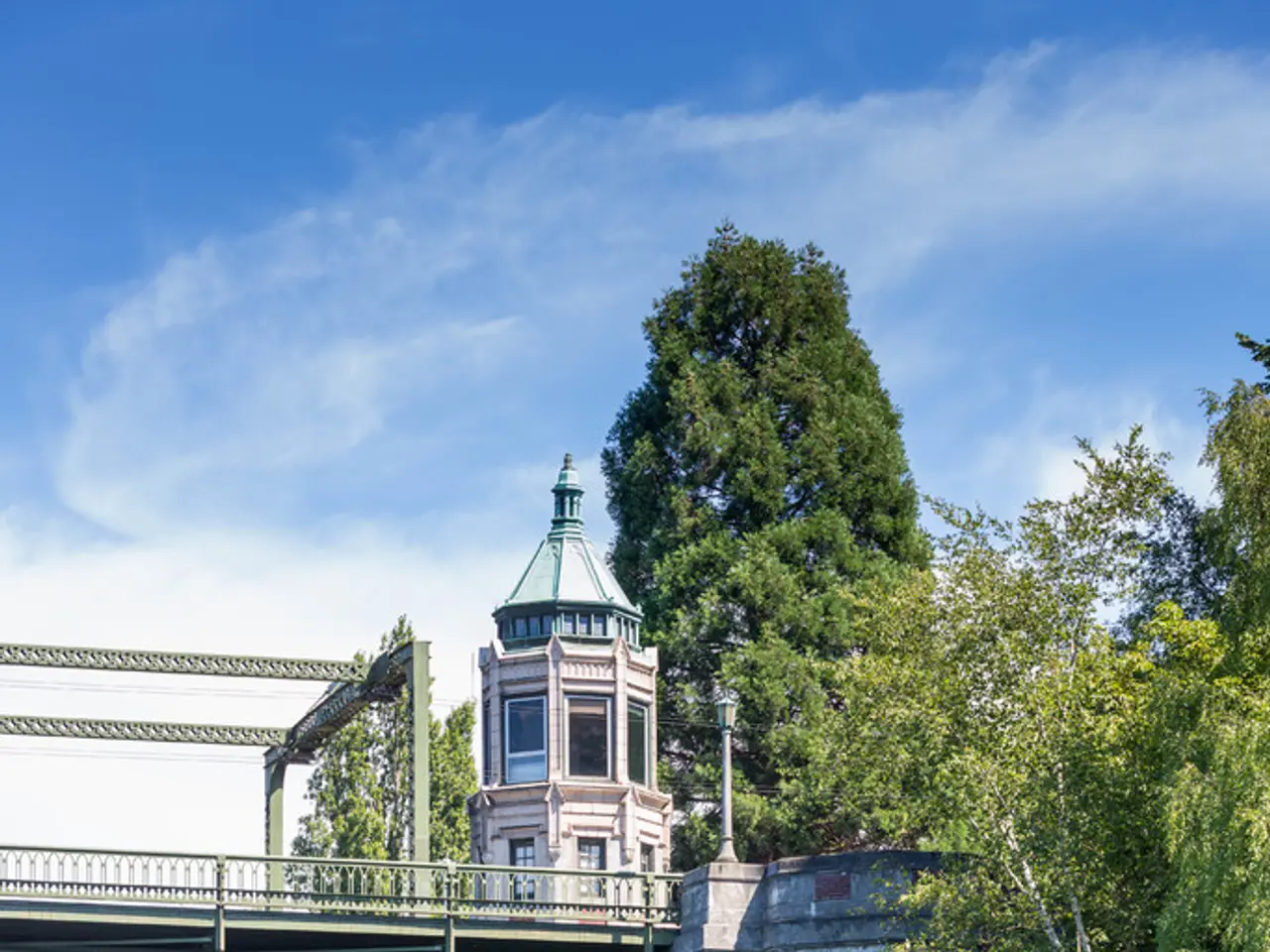California's First Canal-Top Solar Project Now Operational
The Nexus project, a pioneering 1.6 MW solar installation on California's canals, is now complete and operational. This $20 million state-funded pilot project serves as a proof of concept for studying the design, implementation, and co-benefits of canal-top solar, using the Turlock Irrigation District's (TID) infrastructure and grid access.
The project, a collaboration between public, private, and academic sectors, is the first of its kind in the US. It features two photovoltaic systems installed on canals in Stanislaus County, one spanning 30 meters and another covering a 6-meter-wide canal. Both became fully operational in August 2025. The University of California, Merced, has deployed research equipment at both sites to collect baseline data.
A battery energy storage system has been installed at the narrowest canal site, using 75 kW iron flow batteries from US manufacturer ESS. Each ESS container provides 400 kWh of peak energy and has a lifespan of more than 20,000 cycles, weighing 41.9 tons and measuring 12 meters by 2.4 meters by 2.9 meters tall. Notably, the electrolyte system of the ESS containers is fully recyclable, relying on recycled iron components and salt water.
The project is presented as a model for agricultural regions affected by water stress. A UC study estimated that covering California's 4,000 km of canals could save 63 billion gallons of water annually, enough to irrigate 50,000 acres of farmland or supply more than 2 million residents.
The Nexus project demonstrates the potential of canal-top solar installations for water conservation and renewable energy generation. With its successful completion, it paves the way for similar projects in other regions, contributing to both climate change mitigation and water resource management.
Read also:
- Reconsidering the Approach to Mountain Height Measurement?
- UK automaker, Jaguar Land Rover, to commit £500 million for electric vehicle manufacturing in Merseyside
- Standard Nuclear & Framatome Join Forces to Boost TRISO Fuel Production by 2027
- U.S. Energy & Politics: Wood Burning Criticized, Wind Industry Faces Policy Hurdles, GOP Divided on Climate








